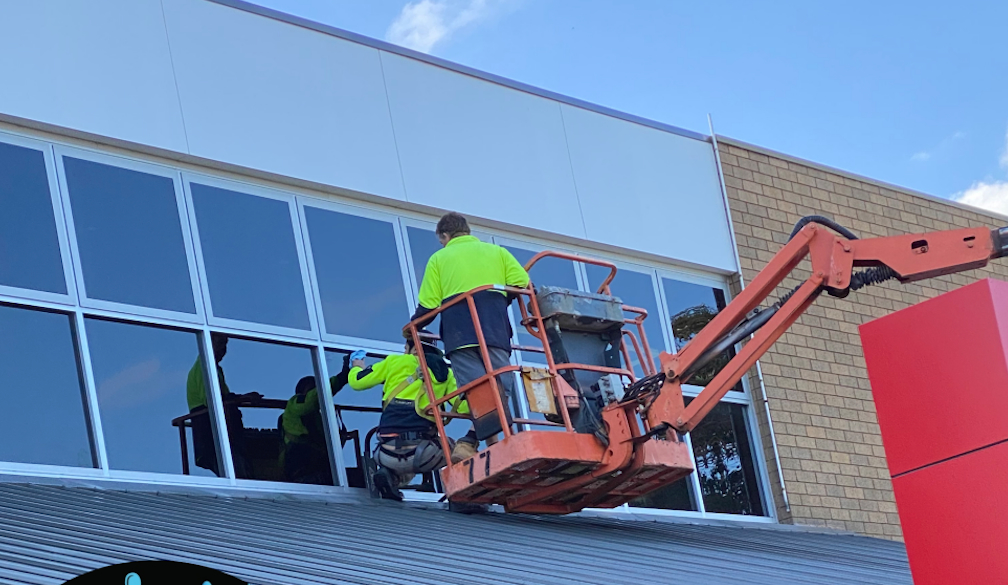Robot Vacuums vs. Traditional Vacuums for the Office

In an era characterised by an insatiable appetite for automation and time-saving technologies, the quintessential debate on robot vacuums versus traditional vacuums has become a hot topic in corporate boardrooms and casual water-cooler conversations alike. Just as companies are seeking innovations in office window cleaning, there's an increasing fascination with how to make indoor maintenance more efficient.
But is a robot vacuum cleaner necessarily a better fit for your office environment, or do traditional vacuums still hold their ground as the go-to solution for commercial cleaning? This in-depth examination seeks to guide decision-makers and stakeholders in making an informed choice between these two vacuuming technologies.
Time Efficiency: The Robot's Realm
For offices with expansive floors and a high footfall, time is a luxury that often can't be spared. Robot vacuums excel in this domain, with their ability to operate autonomously. Once set, these devices can clean your office without requiring constant supervision or manual operation. The results? A significant reduction in labour hours and a potential increase in productivity, as employees can focus on their core tasks rather than worrying about cleaning schedules.
Precision and Thoroughness: The Traditional Edge
Despite the marvels of automation, traditional vacuums have an upper hand when it comes to targeted and deep cleaning. Equipped with an array of attachments and manual control, these vacuums allow for specialised cleaning, be it a stubborn stain on the carpet or a hard-to-reach corner. In environments where cleanliness is non-negotiable, such as healthcare or laboratory facilities, the precision offered by traditional vacuums is invaluable.
Cost-Effectiveness: An Ongoing Battle
Initial capital outlay for a good-quality robot vacuum can be considerably high. However, the operational costs, primarily labour, are generally lower than those associated with traditional vacuums. For small to medium-sized offices with a tight budget, traditional vacuums may offer a more feasible initial investment. On the other hand, the robot vacuum’s labour-saving attributes become more cost-effective in larger settings or over the long term.
Flexibility and Control: The Human Element
While a robot vacuum runs on algorithms and sensors, the traditional vacuum is driven by human intuition and adaptability. Whether it’s navigating around sensitive office equipment or adjusting to different carpet types, the flexibility offered by human control cannot be entirely replicated by automated systems.
Maintenance: A Draw
Both types of vacuums require maintenance – filters need changing, and dustbins need emptying. However, traditional vacuums are generally easier and cheaper to repair, with more readily available spare parts. Robot vacuums, although improving, can be more challenging and expensive to service.
Environmental Concerns: Automation’s Dark Side
Although automated vacuums offer convenience, they do so at the cost of higher energy consumption. Battery charging and continuous operation can take a toll on your office’s energy bills and carbon footprint. On the contrary, traditional vacuums are generally more energy-efficient but require manual labour, which has its own set of environmental costs, such as commuting.
The Verdict
Choosing between a robot vacuum and a traditional vacuum should not merely be a choice between modernity and tradition. Instead, it should be a data-driven decision that considers multiple variables like floor size, cleaning requirements, budget, and labour availability.
For companies keen on integrating automation into their cleaning regime, but also requiring high levels of cleanliness and precision, a hybrid approach might be optimal. This could involve using robot vacuums for regular maintenance and bringing in traditional vacuums for specialised cleaning tasks.
The future will undoubtedly bring refinements to both technologies, but for now, understanding the nuances and trade-offs of each can lead to a cleaner, more efficient work environment.


